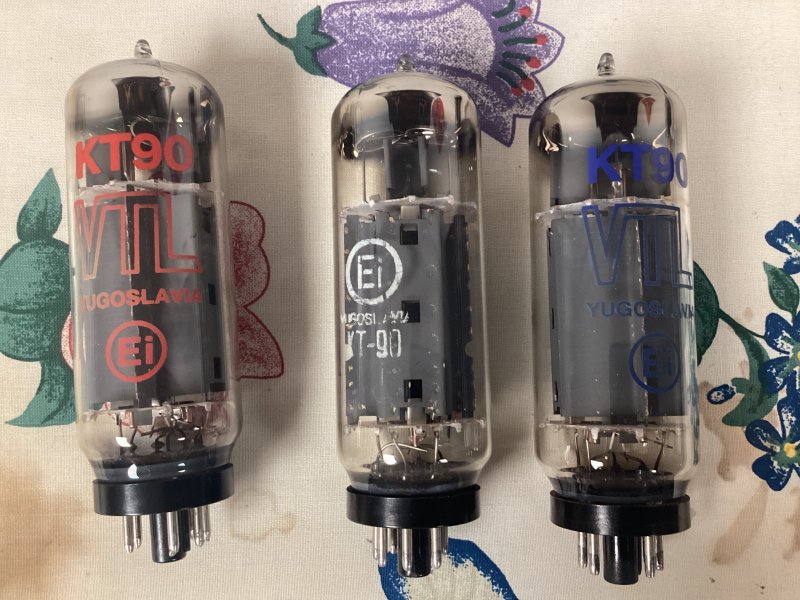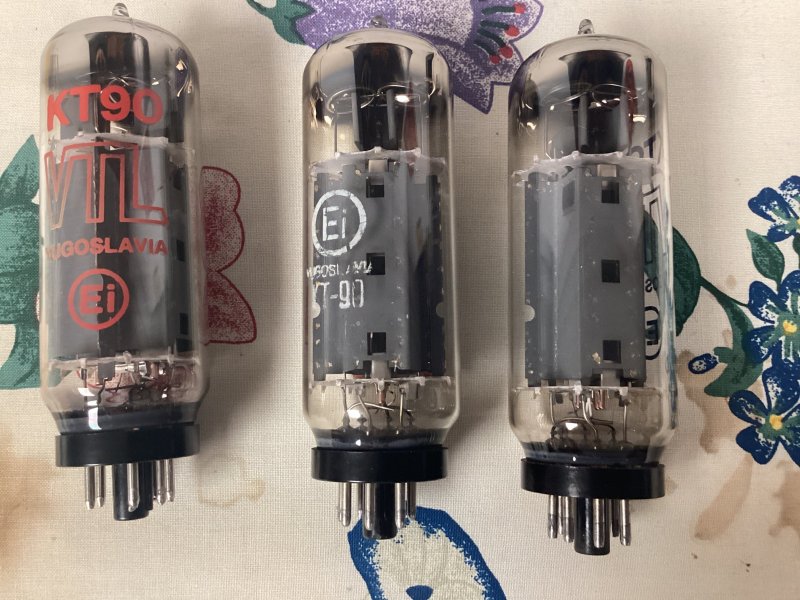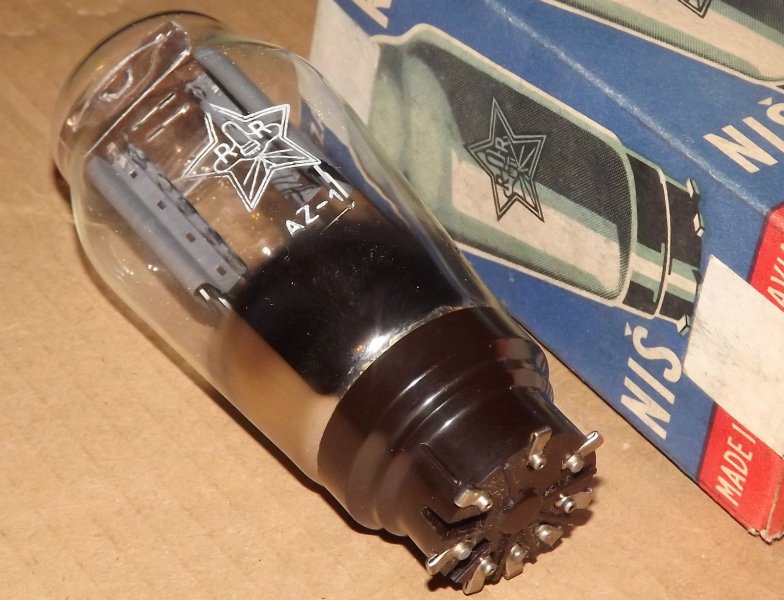For me the best coppercable i know sommercable epilogue sym 35pf/m.
Unfortunately, it's no longer cheap, the word has gotten around about the quality

 www.thomann.de
www.thomann.de
Unfortunately, it's no longer cheap, the word has gotten around about the quality

Sommer Cable Epilogue Micro Cable 3,0
Sommer Cable Epilogue 3,0: die Referenz im Bereich NF-/Audiokabel; ideal für Verbindungen mit höchsten Ansprüchen (Vor-/Endstufe, CD-Player, DVD, DAT, ...) vor allem im Studio- und Hifi-Bereich; sehr neutrales, verfärbungsfreies und räumliches...
Last edited:










